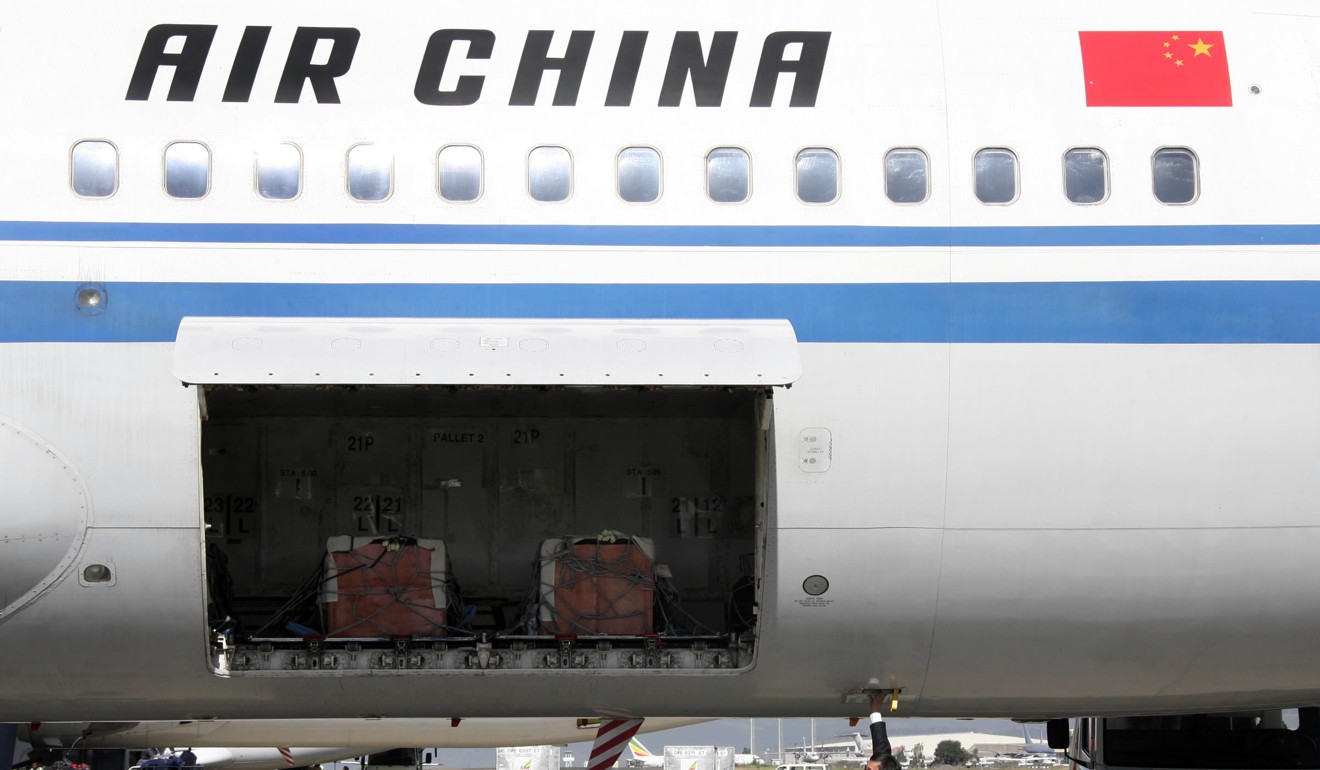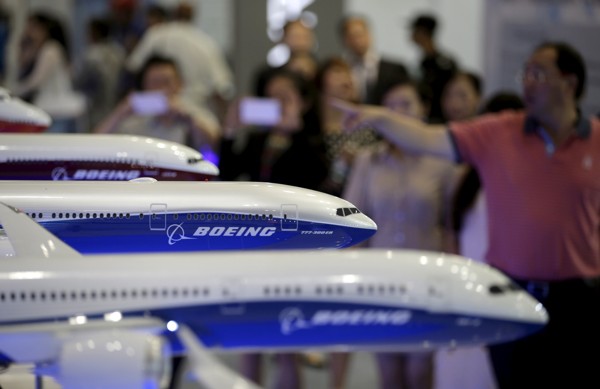
Boeing raises growth expectations for China’s aviation market over next 20 years
US giant says Chinese airlines will spend nearly US$1.1tn to buy 7,240 new aeroplanes by 2037, a 6pc increase on its prediction a year ago

Boeing, the US aviation giant, is expecting Chinese airlines to spend nearly US$1.1 trillion on 7,240 new jetliners over the next 20 years.
According to Randy Tinseth, vice-president of marketing for Boeing Commercial Airplanes, that total potential demand in China for new aircraft has risen 6.3 per cent on last year’s forecast.
“We are a bit more optimistic now in terms of economic growth compared to last year,” said Tinseth, adding that a pick up in the cargo market and stronger-than-expected growth in airline expansion have been the main drivers for the revised forecast.

“China’s continuous economic growth, significant investment in infrastructure, a growing middle class and evolving airline business models support this improved long-term outlook,” he said during a visit to Beijing.
Boeing also expects single-aisle aircraft to become the most popular choices for China’s domestic and regional fleets. Three quarters of its new deliveries are going to be new single-aisle models, he said.
The world’s second largest economy’s outbound travel market has been growing at breakneck speed in recent years.
And Boeing believes China’s shift towards a consumer economy will bring even more air travel demand in the next decade, particularly on domestic routes.
“The world’s most important market both today and in future is the domestic China market,” said Tinseth. “That’s currently about 40 per cent of the size of US domestic market.”
But he now predicts China will overtake the US to become the world’s largest domestic aviation market by 2030.

Already the world’s largest e-commerce market, he also forecasts China to be operating more cargo aircraft by then.
“We are seeing a significant demand for freighters,” said Tinseth. “We are forecasting current demand for China at around 620 freighters, and out of those 180 will be new builds.” The rest will be passenger freighter conversions, he added.
China has already launched its first home-grown, narrow-bodied aircraft passenger jet, the C919 which made it debut in November 2015, in an attempt to break the global aviation stranglehold that Airbus and Boeing have on the global market. Its builder, the Commercial Aircraft Corporation of China, known as Comac, is also now working on a widebody aircraft the C929 to challenge those two dominant world players in that segment too.

But Tinseth is confident China’s market size can accommodate both domestic and international competitors.
“The entire size of single-aisle market is approaching 30,000 aircraft – that’s big enough for Boeing to grow, it’s big enough for Airbus to grow, and it’s big enough for a third competitor.”
A week ago Rostec State Corporation, the Russian industrial conglomerate co-developing a long-haul widebody aircraft with China, said the two countries will develop their own engines for the project, with the apparent longer-term aim of breaking the duopoly enjoyed by General Electric and Rolls-Royce.